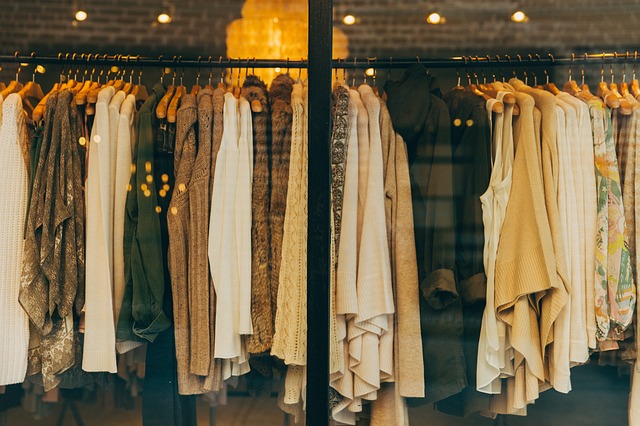
As wows the front rows, the bloggers are in focus again. These style mavens are now a fixture of our fashion weeks. They have caught the imaginations of photographers – often bloggers themselves – and PRs. This new army of fashion writers is now an important conduit for ramping up a designer’s profile on the internet.
And an army it is. The , which organises London Fashion Week, has a for accrediting bloggers for the event. This season it has had to limit the number of these blogs in the face of an estimated 3,000 people attempting to sign up.
It’s easy to be snobby about fashion bloggers as untrained arbiters of style. But the fact is that these aficionados of fashion have become important, perhaps the central, 21st-century trendsetters.
Of course, there is a world of difference between enthusiastic teenagers publishing selfies with the caption, “I love this dress,” and the high-profile bloggers that are respected by the traditional fashion media. These write well, articulate extensive knowledge and behave ethically in terms of disclosing “gifting” and their financial relationships with brands when they have them.
The best fashion blogs are effectively part of the established fashion media, no more a threat to established magazines than the swathe of niche independent magazines launched every year. Indeed, respected fashion bloggers are now rolled out as experts to comment on fashion stories across the media.
These fashion enthusiasts have effectively democratised the catwalks. Once the privileged and exclusive arena for retail buyers and fashion journalists alone, instant availability of fashion images from the runway, not to mention , means that traditional journalism has had to change.
